Food Is Love on Day of the Dead, el Dia de los Muertos
- October 2020
- By Arianna Hermosillo
- Recipe from Mexico

Feeding ancestors and departed loved ones becomes sacred responsibility during this annual Mexican festivity
Day of the Dead for many Mexicanos in the U.S. is more important than Halloween, which takes front and center this time of year. Since the 1970s, more and more of us have been opting into the practice as a way to honor our deceased loved ones, invoke an ancestral tradition, and commune with our heritage.
El Día de Los Muertos in its current form is a mashup of indigenous ideologies, Catholic practices, and in some cases a splash of commercialization. Still, it’s rooted in the ancestral idea that death is not a permanent end and that we can connect with those who’ve left the physical realm.
Not only can dead ancestors and loved ones return to earth, we can entice them to visit our homes with special offerings—many of them our comidas favoritas—on November 1 and 2 each year.
As varied and complex as the Latino community, there is no one way to observe Day of the Dead. Of course Mexicans are not the only ones to ritualize death this way, but on this day, we focus on our community and our rituals.
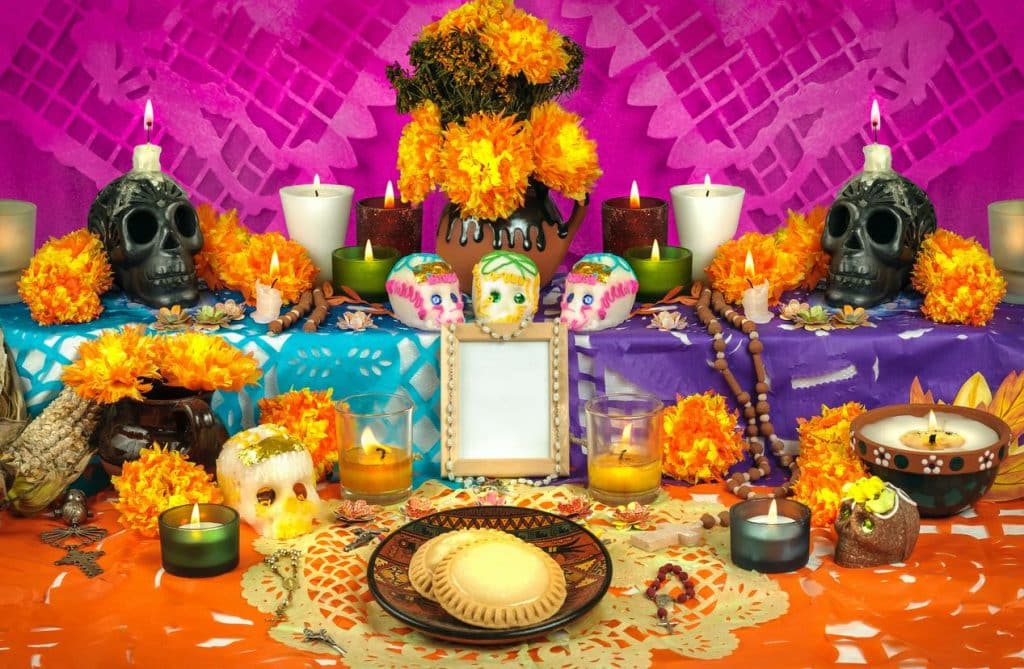
Food Is Cariño on Day of the Dead
At the heart of it all is the amor that goes into preparing an altar with elements for all the senses: sight, sound, smell, touch and of course, sabor. In most versions of the tradition, foods and ingredients are prepared communally and placed on the altar so our muertos can enjoy common tastes and smells and even some of their favorite dishes. Some foods are also enjoyed by the living during the festivities.
Depending on your family traditions, tastes and the region of Mexico you come from, your Dia de los Muertos table might include:
Pan de muerto: Thought to be the colonial version of a cake that indigenous peoples made with the grain amaranth, today this egg-rich, spongy bun is flavored with orange peels and oils and topped with sugar and bread strips made to look like bones or a skull.
Calabaza tacha: This traditional dessert consists of pumpkin in a sweet caramel sauce. Pre-colonial indigenous people have been cooking pumpkins native to their lands for thousands of years.
Tamales: The word tamal comes from the Aztecs’ Náhuatl word “tamalli,” which means wrapped. Tamales go back to 7,000 B.C. and have always had spiritual significance for the preparers.
Champurrado: This rich, sweet drink is an atole that is flavored with chocolate and often paired with tamales. Atole is thicker than hot chocolate, made with masa and also goes back to before the Spanish arrived.
Mole con pollo: This complex sauce usually accompanies chicken and comes in various flavors and colors. It contains chocolate, chiles and a mix of spices and is influenced by the indigenous practice of using chiles to thicken sauces and the medieval Spanish practice of using nuts to do the same.
Pozole: This dish goes back to between 1325 and 1524 and notoriously used to include human flesh, but now includes pork and even in some cases sardines and shrimp or is vegetarian, and comes in various colors, just like mole. Types of pozole range from rojo to verde to white—and we love them all.
Treats and sweets: In addition to elaborate dishes, you might also include fruits, chocolates, and pumpkin or amaranth seeds. Also salt to protect visiting souls, water or alcohol like pulque, tequila or mezcal to quench their thirst, and vibrantly decorated sugar calaveras to remind us that death is imminent, but not scary.
Whatever you serve: it’s muy importante you make it with love and intention. “The preparation in itself is also part of the celebration,” says Judith Landeros, who was raised in Cicero, IL, by parents from Michoacan and Jalisco. Also important to Judith is recognizing present-day indigenous communities. “They’re the ones que lo han hecho sobrevivir y existir for us.”
Ritual and Death Are Personal
El Día de Los Muertos reminds us that we all have a relationship with death, while also allowing us to remember friends and family. Its food and traditions comfort the living, as much as those we’ve lost. And in 2020 when so many in the Latinx community have been affected by COVID-19, this annual commemoration is even more importante para nosotros.
This year, Judith tracked down photos of her great grandparents and extended family and since she wasn’t able to grow her own cempasuchil as her mother does, paper marigolds will have to do. She’ll be offering pan de muerto and atole. Her goal is to continue learning more about the tradiciones of her family’s homelands in Mexico, while also creating new ones of her own this and every November 1 and 2.
MoreLike This


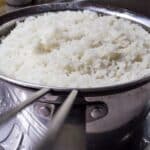
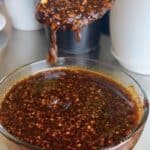

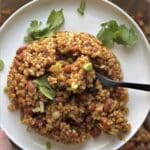
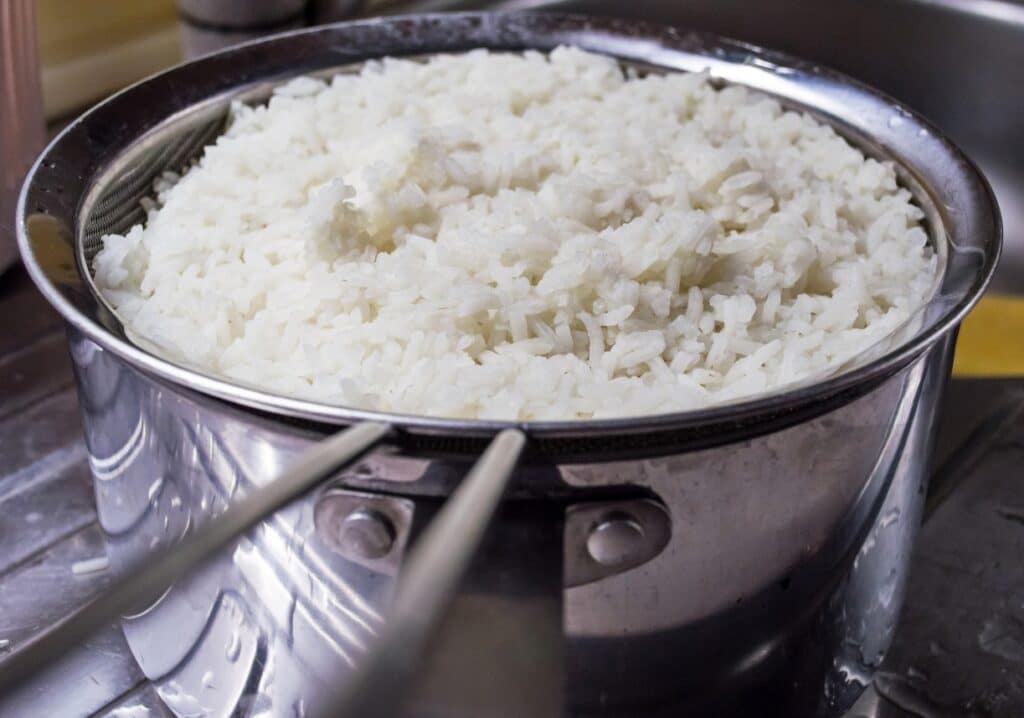


Got a question or suggestion?
Please rate this recipe and leave any tips, substitutions, or Qs you have!